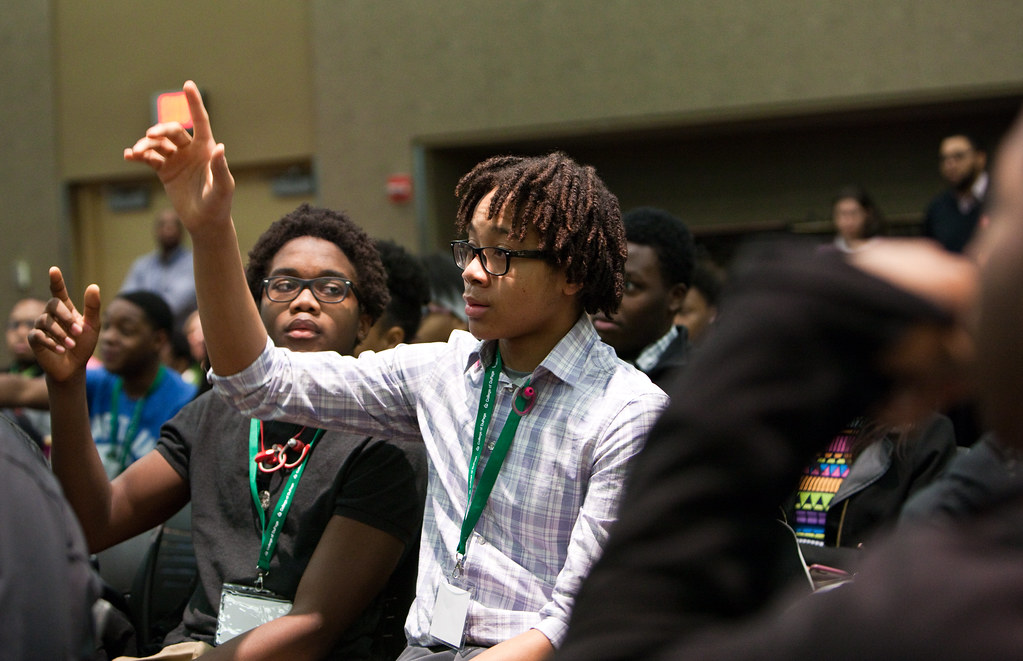Last year, our own Morwenna Davies investigated why no black scientist has ever won a Nobel prize. The problem? Purely a case of numbers. “For every black scientist excelling in their field, there are hundreds of white scientists doing the same thing.” Research has found that this begins even at an undergraduate level, when students are just beginning their academic careers. However, a study has highlighted new ways that institutions can begin to close the grade gap between minority-ethnic students and their white counterparts.
Last year it was reported that white students in the UK were twice as likely to graduate STEM degrees with a first-class mark. This followed the trend of other countries, such as the Netherlands, United States and Australia. Researchers warn that these academic differences can trigger a snowball effect: lower undergraduate grades mean the students are less likely to get onto post-graduate programs or receive the graduate positions required to kick start their career. Indeed only 18.07% of the UK’s PhD students are from minority-ethnic backgrounds.
It must be noted that these statistics in no way reflect the academic ability of BAME students. At an undergraduate level, students within a university cohort, irrespective of background, have all achieved similar A-Level grades. Even assessed coursework within university modules showed no disparity in results. The problem, a new study suggests, lies with exams.
The study, published in eLife last month, was conducted by Louise Cramer of UCL. She assessed the results of a cell biology module, in which 47% of the students identified as members of a minority-ethnic group. She found there to be a grade gap of 8-13 percentage points between white and BAME students. This gap was the most prevalent in exam results, which Cramer puts down to the “stereotype effect.”
What is the “stereotype effect?” Research has found that negative stereotypes associated with one’s race are likely to cause to a student to put high levels of pressure on themselves to not conform to them. This results in high levels of anxiety and stress that can actually inhibit academic performance.
The stereotype effect is of course exacerbated by the racism BAME experience on campus. Kevin Laland of St Andrews also puts it down to a lack of a sense of belonging, noting that he is the only person of colour on the academic staff of the biology department. In STEM subjects only 3.5% of black academic staff are professors, compared to 11.9% of white staff.
Furthermore 48.3% of minority-ethnic staff have research-only contracts, meaning they have limited opportunities to interact with students. As a result, students could complete their degree without seeing a BAME member of staff.
Laland believes “It is easy for them (minority-ethnic students) to fall into the trap of thinking that they don’t belong, that they are outsiders…. and if that is the case, that can be a very alienating and demotivating experience.”
So what needs to change? Cramer’s study identified new policies aimed to speed up the closure of the award gap. This included decolonising the curriculum, as well as suggesting that universities hire staff to analyse their student’s performance data, allowing them to assess and begin to tackle the award gap in their institutions.
The London Interdisciplinary Biosciences Consortium has also removed the requirement for students to have a first-class degree to be accepted for PhD funding; an indirect way of supporting minority-ethnic students.
Kevin Laland also suggested that universities take a leaf out of the book of the Athena SWAN Charter, which is used to support gender equality in higher education and beyond. Strategies implemented by the charter included changing the wording of job advertisements and introducing bias training. “No marginal gain is too small to be dismissed” says Laland
What’s next for tackling the grade gap? Cramer’s study suggested that more research should be put into engaging with the lived experiences of minority-ethnic students, as well adopting more scientific and quantitative approaches to assessing the performance of students and effectiveness of equalling strategies. Of course, one of the biggest obstacles here is money. However, as seen with the Athena SWAN Charter before, if institutions are dedicated to the cause, the results of Cramer’s study show that we can begin to close the racial award gap.

